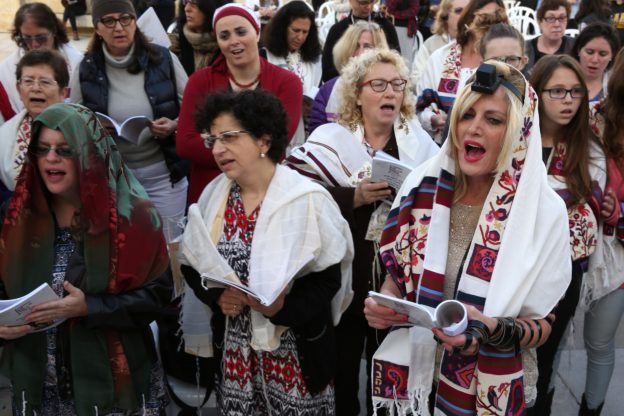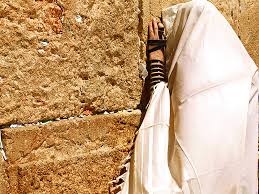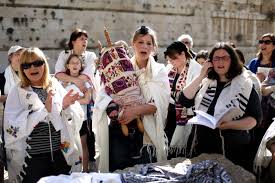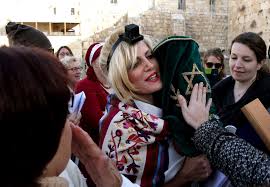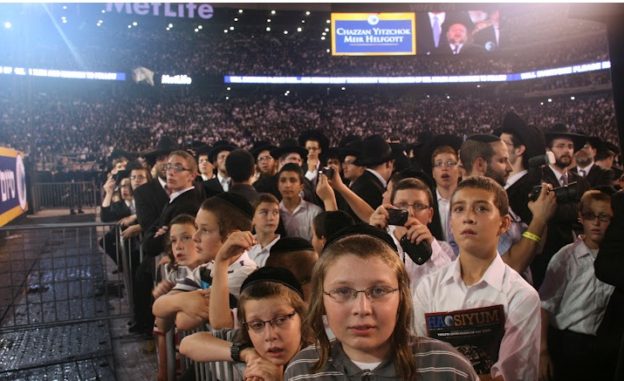I have apparently upset Reform rabbi Eric H. Yoffie, the former president of his movement. In Haaretz (http://www.haaretz.com/opinion/.premium-1.720279), he takes me to task for claiming, in an earlier op-ed in that paper, that Orthodox rabbis speak on behalf of American Jewry.
That’s not, however, what I wrote. As you can read at http://www.haaretz.com/opinion/.premium-1.718990 , I simply asserted that Reform Rabbi Rick Jacobs, the current head of the Reform movement, had overreached by claiming that he represents all American Jews. In his own piece, in fact, Rabbi Yoffie does the same thing.
Some excerpts from his essay:
“[I]n a monumental act of self-delusion, Rabbi Avi Shafran asserts… that Reform rabbis… cannot claim to speak for American Jewry on such matters. But they can… The reason for this is that 90% of American Jewry is non-Orthodox…”
“The overwhelming majority of American Jews… are horrified by the failure of the Jewish state to grant basic religious rights to all of Israel’s Jews.”
“To be sure, the 10% of the community that identifies as Orthodox is entitled to its views. But while Rabbi Shafran refers to this group as ‘sizable,’ it is not sizable at all.”
“Rabbi Shafran points out that the average number of children for middle-aged Orthodox Jews is 4.1, more than twice the number for other American Jews. But with an Orthodox birthrate that is so high, why are Orthodox numbers so modest? One reason is that a significant number of Orthodox Jews stop practicing Judaism… the percentage of yeshiva-educated children from classically observant homes who abandon their tradition could be as high as 33%.”
“My own guess is that the glum assumptions that demographers are making about intermarriage are mostly wrong, just as they are wrong about the ability of the Orthodox to keep all of their children within the fold… And by the way, as sociologist Steven Cohen has pointed out, the membership of Reform congregations grew by more than 20% between 1990 and 2013.”
That’s a rich field to mine. Let’s do some digging.
If the 90% of American Jews “identifying as non-Orthodox” – most of whom do not identify as Reform either – are “horrified” by Israel’s single Jewish standard for issues of personal status (or her “failure to grant basic religious rights to all its Jews,” in Yoffie-speak), then they are an astoundingly silent majority.
Not surprising, since there are almost as many American Jews who profess no religious affiliation at all as there are who say they are Reform. Most of the former are uninterested in internal Israeli issues. And many, if not most, of the latter may have no real connection to any Reform institution but simply use the word to describe their Jewish non-observance. And they, too, have no particular concern about Israel’s religious standards.
No, the only ones “horrified” are Reform leaders and those among their congregants whom they have convinced to follow their lead. Those are the people Rabbis Jacobs and Yoffie can claim to represent.
As to the American Orthodox community, it is not only sizable – it’s about a third of the 35% of the American Jewish segment claiming to be Reform – but, more important, it’s growing, and at a robust rate. “Every year, the Orthodox population has been adding 5,000 Jews,” says sociologist Steven Cohen. “The non-Orthodox population has been losing 10,000 Jews.”
And the most obvious indicator of any group’s future growth lies in the size of its youth population. Roughly a quarter of Orthodox Jewish adults (24%) are between the ages of 18 and 29, compared with 17% of Reform Jews and 13% of Conservative Jews. More significant still, no less than 27% of all American Jews under 18 live in Orthodox households.
If Rabbi Yoffie wishes to judge Orthodox numbers as “modest,” he can certainly do so, but they seem poised to become considerably less so.
Yes, there have been Jews who have left Orthodoxy (though, according to Pew, the percentage of them have joined Reform is zero). But the percentage Rabbi Yoffie cites largely reflects a population of older Jews who, in most cases, may have once had an affiliation with an Orthodox shul but were never truly Orthodox (that is to say, halacha-observant) in the first place. Orthodoxy’s current retention rate at present, by contrast, is formidable – and Orthodoxy has attracted many Jews from non-Orthodox, including Reform, backgrounds.
As to Reform, a full 28% of those raised in the movement, says Pew, “have left the ranks of Jews by religion entirely.”
How, then, in light of all the above, to explain Steven Cohen’s finding that Reform congregational membership has grown in recent decades? That’s not a hard question to answer. The congregational membership growth reflects the influx of non-Jewish spouses of Jewish members, and spouses who have undergone Reform conversions (which are not halachically valid). Professor Cohen reports that the intermarriage rate among married Reform-raised Jews during 2000-13 stands at 80%.
Which brings us back to the original issue that compelled me to expose the falsehood of Rabbi Jacobs’ claim that he speaks for American Jewry (a claim adopted by Rabbi Yoffie as well): opposition to Israel’s longstanding commitment to traditional Jewish standards.
The thought of importing the standards of a movement that has proven disastrous to Jewish observance and continuity in the United States to the Jewish State is what should horrify any Jew concerned with the Jewish future. The “multi-winged” model of American Jewry is an abject failure. What is succeeding in Jewish America is what lies in the past of every Jew: the Jewish religious tradition that inspired the uncompromising dedication of the ancestors of us all. That is not “triumphalism.” It is the very real triumph of our mutual religious heritage.
Projecting the Jewish future was never my goal. I cited the facts I did, and cite the ones above, only to show that Orthodoxy in America is formidable and growing. And it is. Rabbis Jacobs and Yoffie are entirely welcome to speak for their constituents, Jewish and otherwise. What they have no right to do, however, is deem themselves the representatives of “American Jewry,” or to try to leverage that fiction to pressure Israel. That was that I contended in my article, and it is unarguable.

